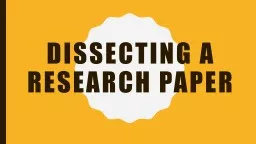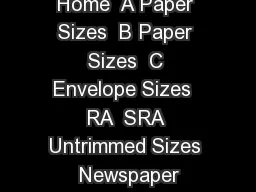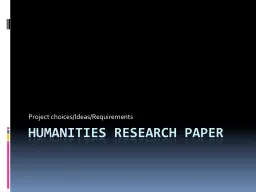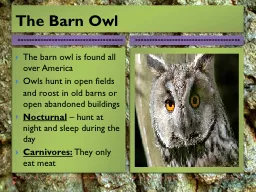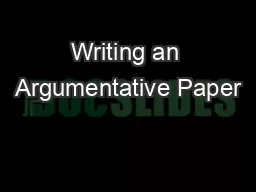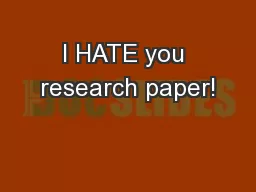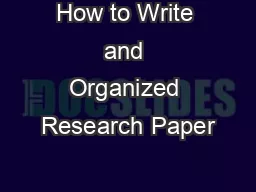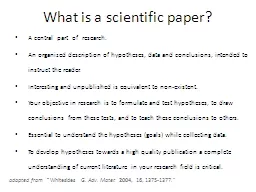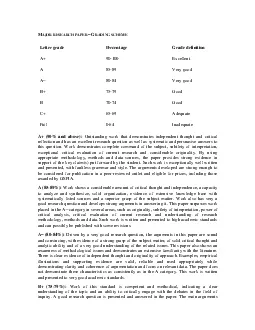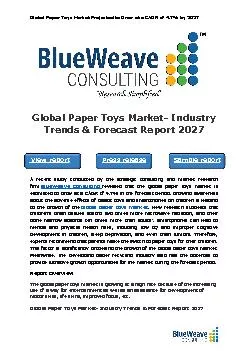PPT-Dissecting a Research Paper
Author : pasty-toler | Published Date : 2017-12-08
What is a periodical Period amount of time Magazines every week or month Newspapers every day Journals every month or season sometimes yearly who does research
Presentation Embed Code
Download Presentation
Download Presentation The PPT/PDF document "Dissecting a Research Paper" is the property of its rightful owner. Permission is granted to download and print the materials on this website for personal, non-commercial use only, and to display it on your personal computer provided you do not modify the materials and that you retain all copyright notices contained in the materials. By downloading content from our website, you accept the terms of this agreement.
Dissecting a Research Paper: Transcript
Download Rules Of Document
"Dissecting a Research Paper"The content belongs to its owner. You may download and print it for personal use, without modification, and keep all copyright notices. By downloading, you agree to these terms.
Related Documents

